
|
|
|
|
|
|
Classic Bikes
Custom Bikes
Individual
Racing Bikes AJP
AJS
Aprilia
Ariel
Avinton / Wakan
Bajaj
Benelli
Beta
Bimota
BMW
Brough Superior
BRP Cam-Am
BSA
Buell / EBR
Bultaco
Cagiva
Campagna
CCM
CF Moto
Combat Motors
Derbi
Deus
Ducati
Excelsior
GASGAS
Ghezzi Brian
Gilera
GIMA
Harley Davidson
Hero
Highland
Honda
Horex
Husaberg
Husqvarna
Hyosung
Indian
Jawa
Kawasaki
KTM
KYMCO
Laverda
Lazareth
Magni
Maico
Mash
Matchless
Mondial
Moto Guzzi
Moto Morini
MV Agusta
MZ / MuZ
NCR
Norton
NSU
Paton
Peugeot
Piaggio
Revival Cycles
Roland Sands
Royal Enfield
Sachs
Sherco
Sunbeam
Suzuki
SWM
SYM
Triumph
TVS
Ural
Velocette
Vespa
Victory
Vincent
VOR
Voxan
Vyrus
Walt Siegl
Walz
Wrenchmonkees
Wunderlich
XTR / Radical
Yamaha
Zero
Video
Technical
Complete Manufacturer List
|
Honda CT 70 “Dax” |
| . |
|
Make Model |
Honda CT 70 “Dax” |
|
Year |
1969 - |
|
Engine |
Four stroke single cylinder, OHC |
|
Capacity |
71.8 cc / 4.4 cu in |
|
Bore x Stroke |
47 x 41.4 mm |
|
Cooling System |
Air cooled |
|
Compression Ratio |
8.8:1 |
|
Exhaust |
One-into one |
|
Ignition |
Magneto |
|
Starting |
Electric and kick |
|
Max Power |
4.5 kW / 6.08 hp @ 9000 rpm |
|
Max Torque |
5.2 Nm / 0.53 kgf-m / 3.8 lb-ft @ 7000 rpm |
|
Clutch |
Wet, semi-automatic |
|
Transmission |
3-Speed |
|
Final Drive |
Chain |
|
Frame |
Pressed steel underbone |
|
Front Suspension |
Leading link |
|
Front Wheel Travel |
56 mm / 2.2 in |
|
Rear Suspension |
Swing arm |
|
Rear Wheel Travel |
61 mm / 2.4 in |
|
Front Brakes |
Expanding drum, 110 mm Ø |
|
Rear Brakes |
Expanding drum, 110 mm Ø |
|
Trail |
71 mm / 2.8 in |
|
Wheels |
Steel, laced wire spokes |
|
Front Wheel |
2.25 x 17 in |
|
Rear Wheel |
2.50 x 17 in |
|
Wheelbase |
1180 mm / 46.5 in |
|
Dry Weight |
72 kg / 158 lbs |
|
Fuel Capacity |
4.8 Litres / 1.3 US gal |
| . |
Overview
The Honda CT70 was released in 1969 as a larger sibling to the hugely popular Honda Z50 Monkey Bike. CT was an abbreviation of “Cub Trail” which encapsulated the intentions of the new model – it was a small trail bike designed to be cheap, easy to ride, and simple to maintain.
The CT70 is also called the “Dax”, a reference to the fact that the pressed steel frame makes it look a little like a Dachshund – otherwise known as a sausage dog.
Honda engineers developed a pressed steel backbone frame for the CT70, it was both strong and less expensive to make than a more traditional frame made from tubular steel. The engine is mounted beneath the top section of the frame, it’s an air-cooled, single cylinder, four stroke 72cc unit with a single overhead cam, a single carburettor, and two valves.
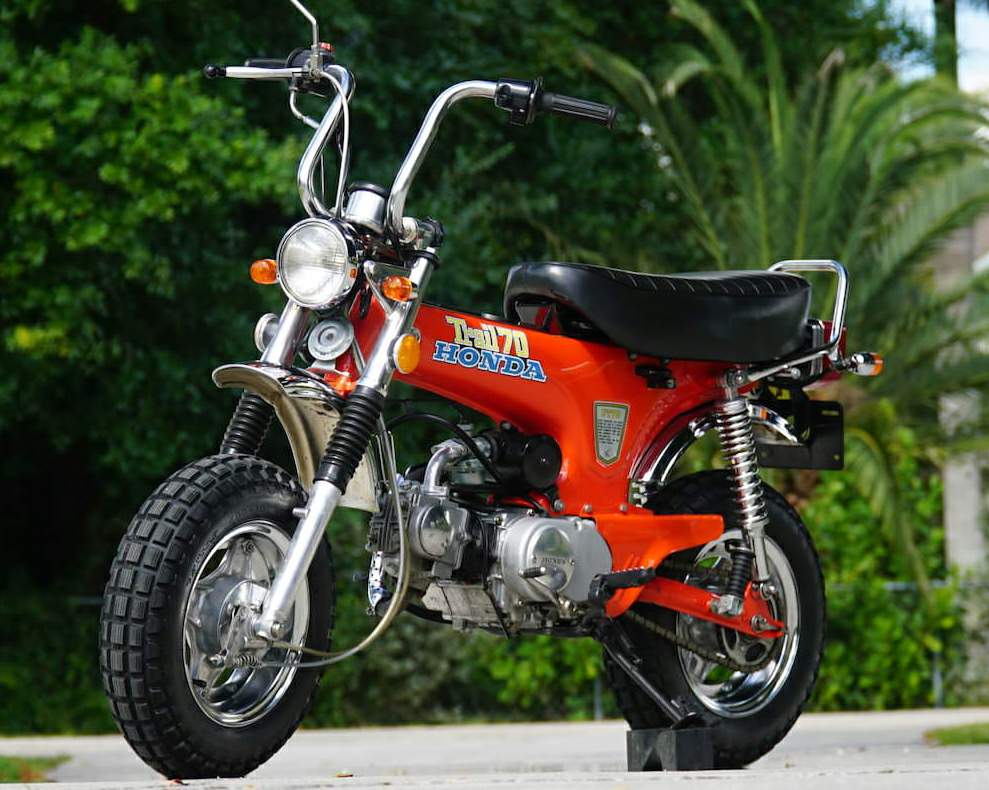
Honda was already a world leader in designing simple motorcycle engines that were nearly indestructible, and the CT70 engine was no exception – so long as it had oil in it, it was difficult to seriously break. Both front and rear suspension was fitted, forks up front and twin shock absorbers in the rear.
The handlebars were designed to fold down so the bike could be transported in a normal sized car trunk, and there are small handles on either side of the seat to aid in carrying. Front and rear drum brakes were fitted, and there was a headlight for night riding, seating (and footpegs) for two, and a high exit exhaust with heat shielding to avoid third degree thigh burns.
Both manual and semi-automatic transmissions were offered, however the semi-automatic 3-speed was by far the most common. This made it exceptionally easy to ride for children and adults alike, many future motorcyclists got their start on a Honda CT70, and although they were often bought “for the kids” it was typically the adults who spent the most time riding them.
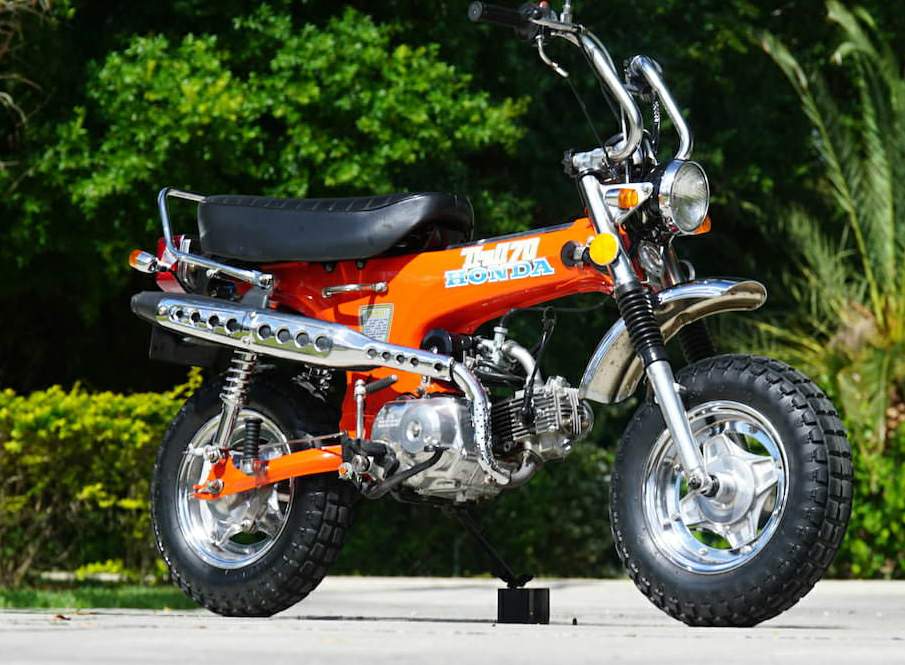
In many states the Honda CT70 could be registered for road use, as it had all the required lighting, however the 6 hp engine wasn’t exactly ready for the interstate. Many did use the model on the road particularly for lower speed urban transportation and one of its modern descendants followed in much the same way – the Honda Grom.
Over the course of the 1969 to 1994 production run of the CT70 Honda built a
huge variety of sub models, there were also new models with larger engines,
however the early classic CT70s have always remained the most popular with
collectors and enthusiasts.
Source silodrome.com
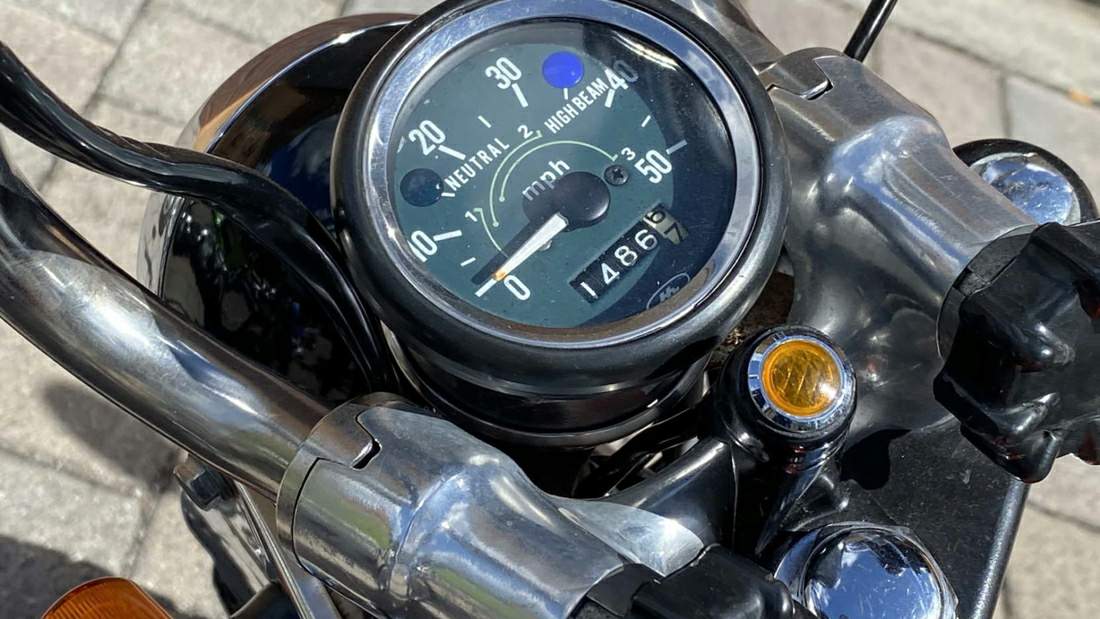
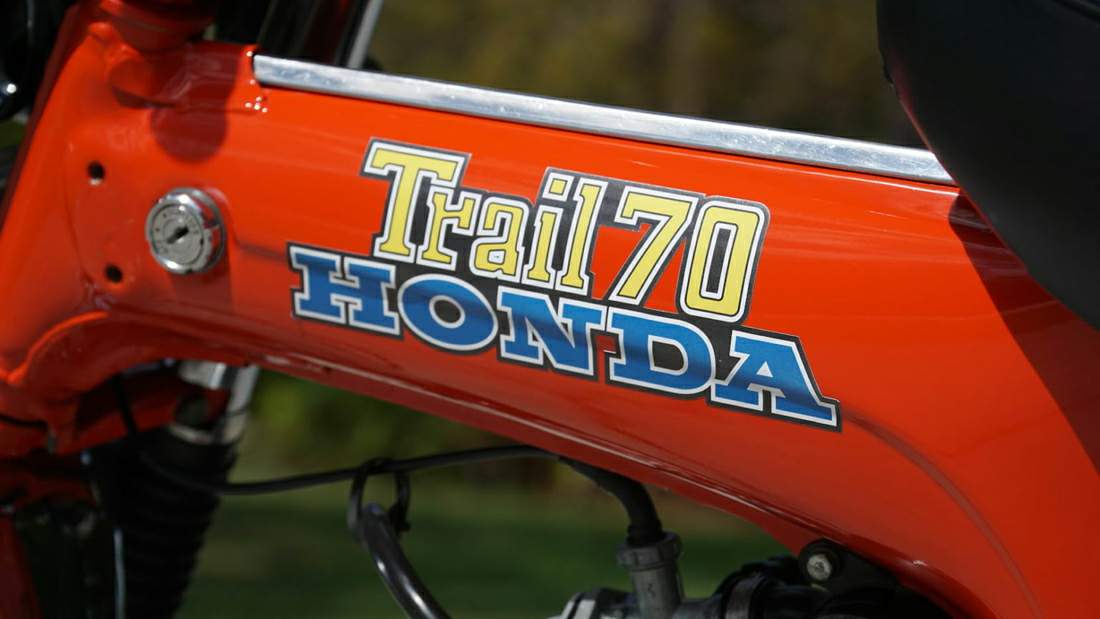
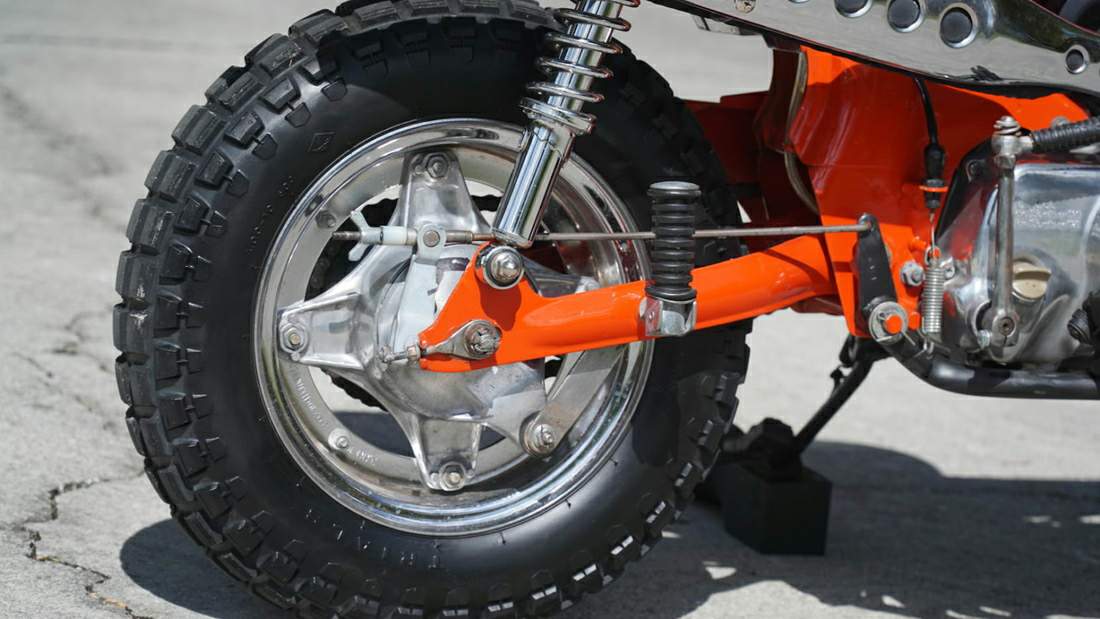
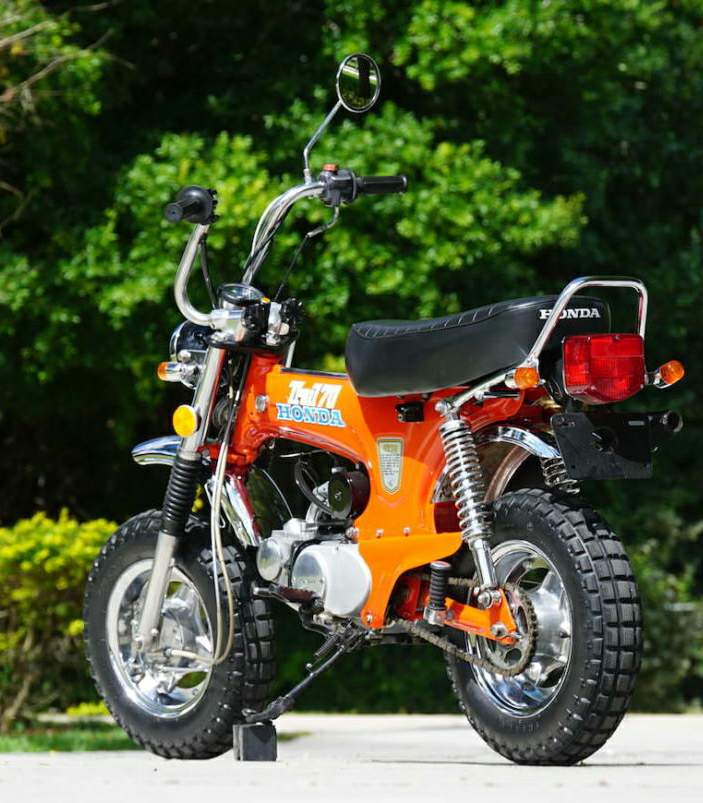
|
Any corrections or more information on these motorcycles will be kindly appreciated. |